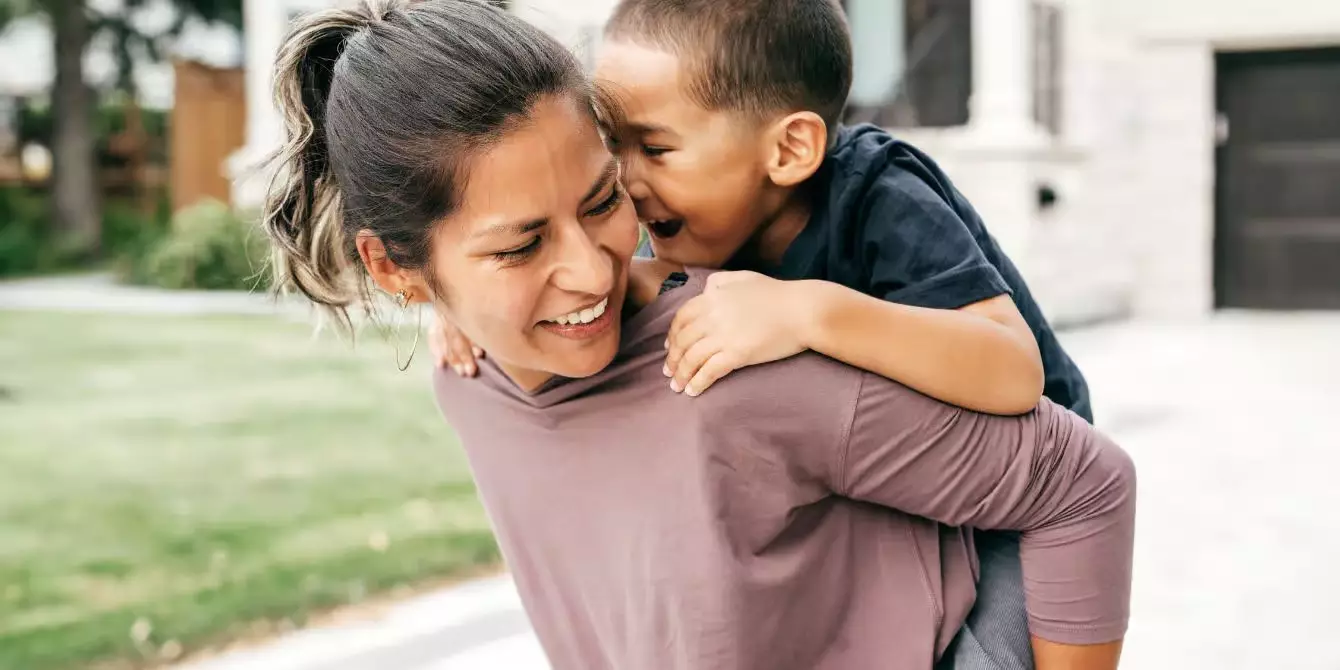Emotional courage is a profound skill that enables individuals to face their feelings—both positive and negative—head-on. It’s an intricate dance of vulnerability and strength, allowing us to connect with our emotions and, consequently, with each other. This ability not only fosters personal development but also promotes a culture of open dialogue about feelings that is essential in today’s society. In a world that often equates emotional expression with weakness, understanding and developing emotional courage is critical for both adults and children alike.
The concept of emotional courage is underpinned by the belief that all emotions carry intrinsic value. Whether we are grappling with joy or sorrow, these feelings are integral to our personal growth. Essential to this discussion is the work of thought leaders like Brené Brown, who has reshaped our understanding of vulnerability. In her groundbreaking work, she describes it as “uncertainty, risk, and emotional exposure,” framing vulnerability not as a flaw but as an accurate measure of courage. This reframing is particularly crucial for youngsters who are still forming their identities in a complex world filled with emotional challenges.
Cultural Barriers to Emotional Expression
Societal norms often impose damaging narratives that suggest showing emotion equates to weakness. Phrases such as “Boys don’t cry” and “Grin and bear it” perpetuate a culture that discourages emotional transparency, especially among children. These outdated stereotypes can cripple emotional growth, leading individuals to suppress feelings rather than embracing them. The challenge, then, becomes dismantling these ingrained beliefs and replacing them with tools that allow for emotional exploration.
Parents and educators must spearhead this cultural shift by modeling emotional openness. Children who grow up in environments where emotions are not only acknowledged but celebrated are significantly more likely to possess the emotional resilience necessary for navigating life’s inevitable challenges. It’s crucial that we contribute to a discourse that recognizes sensitivity as a tremendous strength rather than a liability. By doing so, we foster a future generation equipped with emotional intelligence and the ability to forge genuine connections.
Fostering Emotional Courage in Children
To cultivate emotional courage in children, two essential principles should guide our approach: encouraging curiosity about feelings and emphasizing that being sensitive is a strength. When children learn to welcome their emotions without judgment, they develop a crucial skillset that allows them to navigate a complex emotional landscape.
The ultimate goal is to instill in our children the belief that it is not just acceptable to feel deeply but essential. Emotional courage opens the door to resilience, teaching youngsters how to engage in difficult conversations, cope with discomfort, and seek support when needed. This educational framework can lead children to succeed in varied environments, preparing them for the nuanced emotions they will inevitably encounter later in life.
One transformative aspect of this journey is helping children understand that emotional courage means embracing vulnerability. It empowers them to ask for help when necessary and reinforces the idea that nobody has to face their struggles alone. Teaching our kids the importance of emotional discussions elevates their ability to form authentic relationships and fosters communities rooted in empathy.
Practical Steps to Enhance Emotional Intelligence
Introducing children to emotional courage requires thoughtful practices and intentional modeling by adults. Here are some strategies that can help:
1. Acknowledge Your Feelings: Children learn by observing their parents. When adults confront their emotional experiences openly, it sets a powerful example for kids. Normalize discussing feelings during family conversations—this generates a safe space for emotional exploration.
2. Practice Acceptance: Encourage children to accept their emotions without suppression. Validate their feelings, no matter how trivial they may seem. Acceptance paves the way for exploration and understanding.
3. Embrace Imperfection: Teach children that making mistakes is a natural part of life. When they learn to embrace imperfections, they develop resilience and a better understanding of their emotional responses.
4. Cultivate Active Listening: Show children the importance of listening—not just to respond but to understand. This practice of curiosity fosters stronger connections and demonstrates the value of empathy.
5. Create Safe Spaces for Vulnerability: Establish environments where expressing feelings is seen as a strength. Conversations in such safe spaces can lead to deeper understanding and validation.
Emotional courage is scalable; it requires continuous effort and commitment. It does not dictate that feelings should be held in isolation but rather invites an open dialogue about them. When adults take initiative and model these principles, children will learn to navigate their emotional landscapes with resilience and confidence, ultimately resulting in healthier, emotionally literate adults. The journey toward emotional courage is indeed transformative—not just for individuals, but for families and society as a whole.

